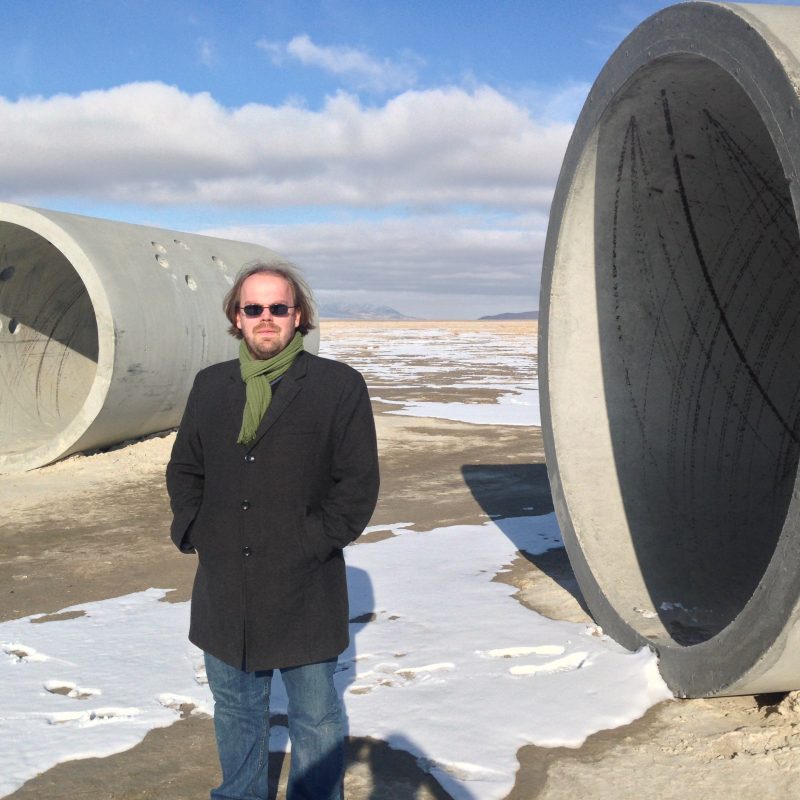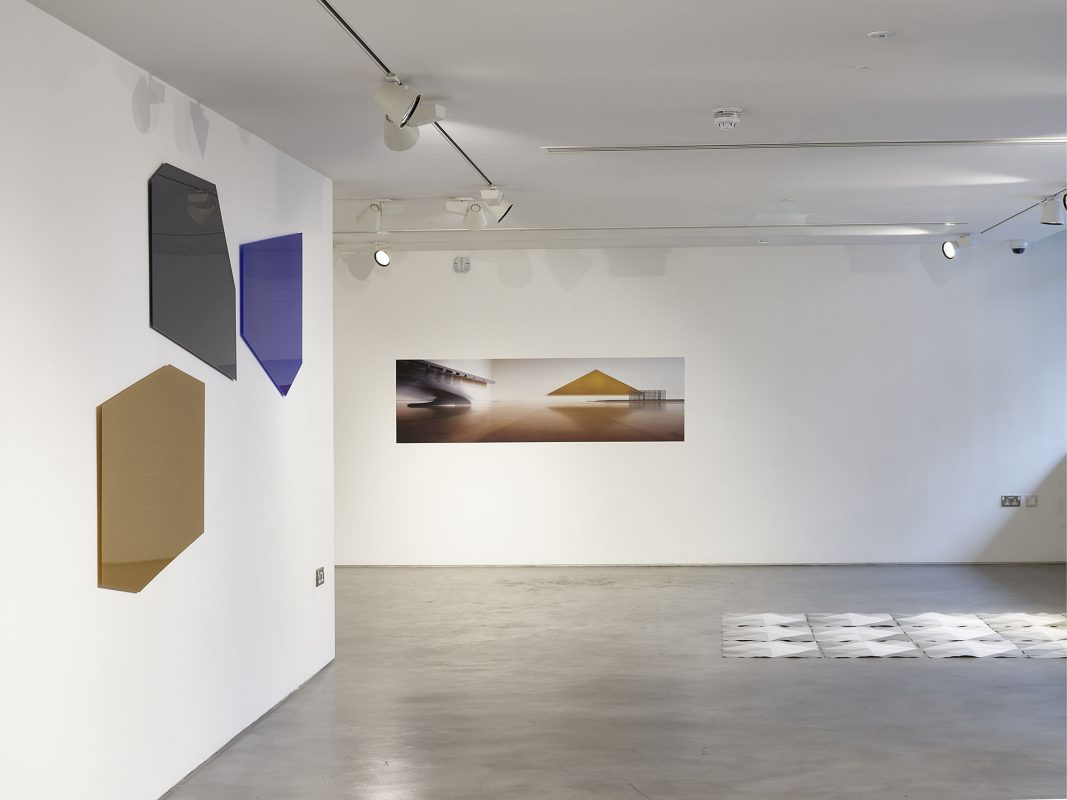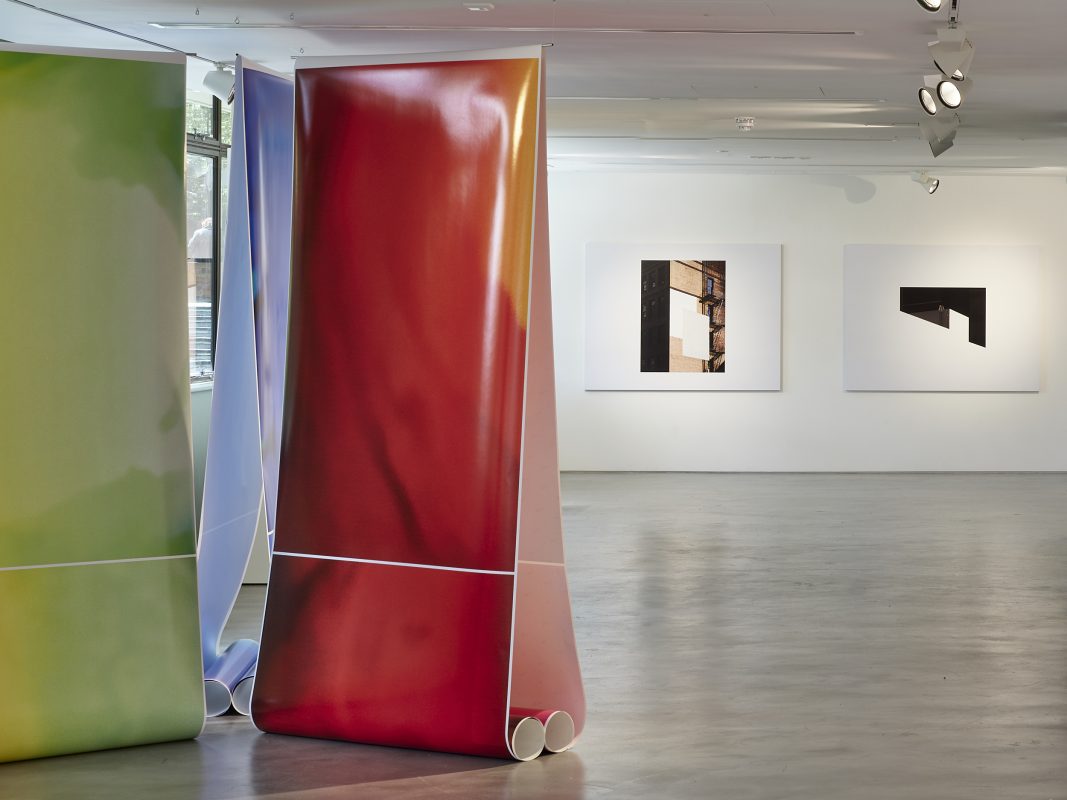After the End of History
British Working Class Photography 1989–2024
Exhibition review by Lillian Wilkie
Debuting its tour at the Herbert Art Gallery & Museum in Coventry, After the End of History: British Working Class Photography 1989–2024, has been curated by writer and photographer Johny Pitts, with the exhibition’s title wittily alluding to Francis Fukuyama’s famed essay The End of History, citing an unfulfilled anticipation of global stability. As Lillian Wilkie examines, Pitts navigates the sociocultural turn of neoliberalism and creates a space for multiple, even conflicting truths of working-class life, challenging the dominance of singular historical narratives and entrenched social hierarchies.
Lillian Wilkie | Exhibition review | 30 Apr 2024
‘The end of history will be a very sad time,’ writes Francis Fukuyama in the final paragraph of “The End of History?”, an essay published in The National Interest in the summer of 1989, which was later expanded into the 1992 book The End of History and the Last Man. ‘In the post-historical period there will be neither art nor philosophy, just the perpetual caretaking of the museum of human history.’ He concludes: ‘Perhaps this very prospect of centuries of boredom at the end of history will serve to get history started once again.’
“It’s a bit tongue in cheek, the title,” Johny Pitts tells me on the opening day of After the End of History: British Working Class Photography 1989–2024, an exhibition that surveys photographic representations of working-class life in Britain since the collapse of European communism, and the cultural and creative forces emergent under neoliberalism. The photographer and writer has curated the exhibition for Hayward Gallery Touring, a programme of exhibitions that tour galleries, museums and other publicly funded venues throughout Britain; After the End of History debuts at Herbert Art Gallery & Museum in Coventry before touring to Focal Point Gallery, Southend and Bonnington Gallery, Nottingham. Fukuyama’s thesis – that the triumph of liberal democracy as the dominant political and economic ideology after the fall of communism marked the end of humanity’s sociocultural and ideological evolution and a new era of geopolitical stability – has been much maligned, especially since 9/11, the rise of autocracies in China and Russia, and, notably, the crisis in living standards brought about by neoliberal capitalism. But through the lens of cultural theorists such as Mark Fisher and Natalie Olah, Pitts recognises the significance of this moment at the end of the 1980s: an optimistic, postmodern Britain on the cusp of the digital era. The title, tongue in cheek as it is, sets up the spirit of contradiction – that of a time after the “end of history” – which is one of two pillars defining the exhibition’s curatorial approach.
“I kept saying to the Hayward team that I want the show to be this big mess,” continues Pitts. “I think what I really meant was that I wanted it to be full of contradictions, like working-class life is. I didn’t want to reduce working-class people to avatars for some kind of moral or political point, which they so often are – sometimes for good reasons. I wanted to move beyond this tradition of middle-class people documenting working-class life, showing how tough it is. The reality of working-class life is way more ambivalent than that.” Starting from 1989, Pitts’ approach consciously departs from the socially-engaged, humanist documentary practices and worker photography collectives of the 1960s and 70s, and indeed the archetypal, paternalistic image of working-class people as largely white, male and soot-smeared. This, he believes, has shaped our expectations of what an exhibition of working-class photography might look like, something he seeks to upend. “I love that you’re going in and you think you’re going to see workers in pits and protests and stuff. And you don’t. You see Prince Naseem, and the glitches of the jungle scene.” Pitts is gesturing to two bodies of work just inside the entrance to the show. On the left, he has hung Trevor Smith’s kitschy studio portrait of the British-Yemeni boxer Naseem Hamed three times in a row (“I couldn’t decide which of the paper stocks I liked best, so in the end I chose all three. It gives it a Warhol element.”) On the opposite wall, Eddie Otchere’s saturated C-type prints of performers and ravers at jungle nights in mid-nineties London, with their sloppy borders and light leaks, are each a small essay in the sensorial correspondences between the darkroom and the nightclub. Pitts refers to these works as his “statement pieces”, setting the tone and intention for what is to come.
The exhibition features a diverse cohort of photographers, from art world approved names such as Hannah Starkey, Richard Billingham and Ewen Spencer, to new voices like Rene Matić, Serena Brown and Kavi Pujara. There are also what Pitts refers to as “jobbing” photographers: those working commercially, within communities, or outside of the gallery system, notably Trevor Smith and Josh Cole. Colour work abounds, leaping from deep brown walls featuring accents of day-glo yellow and typography referencing club flyer graphics. Music and clubbing emerge as crucial spaces for both the production of images and the construction of identities. Elaine Constantine’s pictures of dancers at Northern Soul nights at the 100 Club bear the energy, aggression and ecstasy of the dancefloor, depicting a tight-knit, highly coded scene forced further underground, united by a passion for rare cuts and all-nighters. The dancing bodies in Spencer’s photographs from Aya Napa in the glory days of UK garage are more self-conscious and aspirational, but no less libidinal. This was an unapologetically working-class subculture that sought the glamour of brand names and expensive liquor. “Spencer is not interested in what people want the working-class to look like, but what actually goes on,” Pitts explains. The histories of the Northern Soul, two-tone and ska scenes inform the work of Matić, whose practice navigates the complex intersections between West Indian and white working-class culture in Britain through photography and moving image: a self-defined genre they have coined “rudeness”, that promotes pleasure as a “mode of survival”.
From the dancefloor, the exhibition moves through contexts as diverse as the hotel, the hill farm, the council estate and the corner shop. The variety of photographic subjects and styles on display unavoidably raises the question of exactly what, at least within this exhibition’s rhetoric, makes a “working-class photographer”? A focus on “working-class” cultural expression after 1990 seems initially curious considering the end of the Cold War consolidated a new phase of neoliberalism that would ultimately leave workers further behind whilst simultaneously empowering them as consumers, reshaping the class structure entirely. Traditional taxonomies of upper, middle and working-class culture are now much more fragmentary and slippery, defined as much by social and cultural factors as well as occupation and education. A 2003 study on class by the BBC and six British universities found that the established three-tier model had disaggregated into seven class categories ranging from the “elite” to the “precariat”. Nonetheless, a key theme running through the selection is an interest in the circumstances and conditions in which photographic work is produced, and under what financial pressures. A number of the projects were produced within the context of the photographer’s day job, underscoring Pitts’ preoccupation with “art against-the-odds”. A vitrine, shaped to reference a bar or a DJ booth, houses photographs, ephemera and notes scribbled on napkins from Anna Magnowska’s bilateral working life as a café waitress and sexual health nurse, shapeshifting across social roles in Soho’s underbelly.
JA Mortram’s Small Town Inertia draws a sensitive portrait of marginalised lives in the Norfolk town of Dereham, shot whilst Mortram worked as a carer for his mother, experiencing the isolation and alienation of austerity Britain. Like Mortram, the works of the Merseyside-born photographer Chris Shaw force a lens on those who are largely rendered low-status or invisible. His Life as a Night Porter series presents the “social fantastic” of a London hotel’s twilight hours, confronting the often-unseen labours of those who live, work and play by night. These are just some of the projects in the exhibition that attempt to correct what Mortram identifies as an “imbalance of truth”, a contemporary response to the socially-engaged practices of the 1970s that argued for a “history from below”. Pitts is content for the working-class label to be contested. “I didn’t worry about it too much,” he says. “It’s a term that just really resonates with my own experience. It’s hard to say exactly what it is, but if you know it, you know,” suggesting a methodology based more on instinct than fixed criteria, in defiance of the hypotheses of sociologists and academics; more felt than understood. This attitude speaks to the second pillar structuring the exhibition: that of autobiography.
‘I found Josh Cole’s work after I was sacked from Debenhams, Meadowhall,’ recalls Pitts in one of the exhibition’s wall texts. Elsewhere: ‘When I think of Sam Blackwood’s photographs without looking at them, they are populated by people I know. It’s always a surprise, then, to look at them and remember that the images are unpopulated, such is the subtle, sculptural composition of ingredients and spaces many of us recognise.’ The wall texts that accompany each body of work contrast institutional authority with personal testimony, divided as they are into more conventional museological descriptions, followed by poignant reflections from Pitts (in a way that feels novel and, in the context of the museum, excitingly disruptive) that elucidate on connections between the images and formative moments from his own life. He grew up in between two Yemeni families who were related to Prince Naseem, and the boxer was idolised. “These photographs remind me of staying up way past my bedtime, eating my neighbour’s khubz and lahmeh, to watch our hero beat someone in America, and then thank Allah for the win before bragging in the mixture of broad Yorkshire and African-American ebonics that so represented our culture.” In this way, the curatorial methodology emerges as less socioeconomic or even art historical, but autobiographical. A boombox by the entrance plays his sister’s cassette tapes, recorded from 1990s pirate radio in Sheffield – something he resolves to feature at every exhibition he does, “to soften the gallery space a little”.
One is left with the sense that the end of history for Fukuyama was the beginning of a new history for Pitts, who returned in 1990 from a period of living in Japan as a child to his home in working-class Sheffield, to find that most of his family were no longer working in factories and steelworks, but now had retail jobs in the new Meadowhall Shopping Centre, itself built on the site of a former steelworks. Through the images selected, Pitts navigates the material legacies and spectres of this sociocultural turn, and create space for multiple, even conflicting truths. In this way, the exhibition materialises as a counter-institutional gesture; a potential corrective to the complicity of the museum and institution – and indeed photography – in the enshrining of social hierarchies and the privileging of history in the singular. As he writes in his 2020 book Afropean, on the convolutions of Black experience in Europe, it serves as “[an] effort to begin with the personal in order to arrive at the universal”. After the End of History shows us the ways that photography has complicated traditional understandings of working-class identity and experience, and presents a vision of working-class life that, like (for the most part) art itself, resists taxonomy, transcends whiteness and promotes contradiction. If you know, you know. ♦
All images courtesy the artists, Herbert Art Gallery & Museum, Coventry, and Hayward Gallery Touring.
After the End of History: British Working Class Photography 1989–2024 begins its tour at Herbert Art Gallery & Museum, Coventry and runs until 16 June 2024.
—
Lillian Wilkie is a writer, editor, publisher and lecturer based in London and East Sussex. Her practice and research focus on arts publishing and its communities, photography and contexts, and marginal fashion media. She is the Director of Chateau International, an imprint producing books, zines, editions and programming, and Co-Director of Bound Art Book Fair at Whitworth Art Gallery, Manchester and INVENTORY Book Fair at Cromwell Place, London. She works in the book programme at Aperture. Her writing on photography, arts and publishing has appeared in titles including Modern Matter, Elephant, 1000 Words and C4 Journal. She lectures on photography and fashion media programmes at London College of Fashion and Central Saint Martins, University of the Arts London.
Images:
1-Serena Brown, Bollo Bridge, 2018.
2-Ewen Spencer, Necking, Twice as Nice, Ayia Napa, 2001.
3-Serena Brown, Clayponds, 2018.
4-Kavi Pujara, Maharana Pratap & PC Ravat, Marjorie Street, 2021.
5-Richard Billingham, Untitled, 1993.
6-Anna Magnowska, Eros, 2019.
7-Rob Clayton, Early “Bush” Transistor Radio, 1990-91.
8-Rob Clayton, Lin, Careers Advisor and Mother, Wilson House, 1990-91.
9>10-Sam Blackwood, Rat Palace, 2013-ongoing.
11-J A Mortram, Small Town Inertia.














